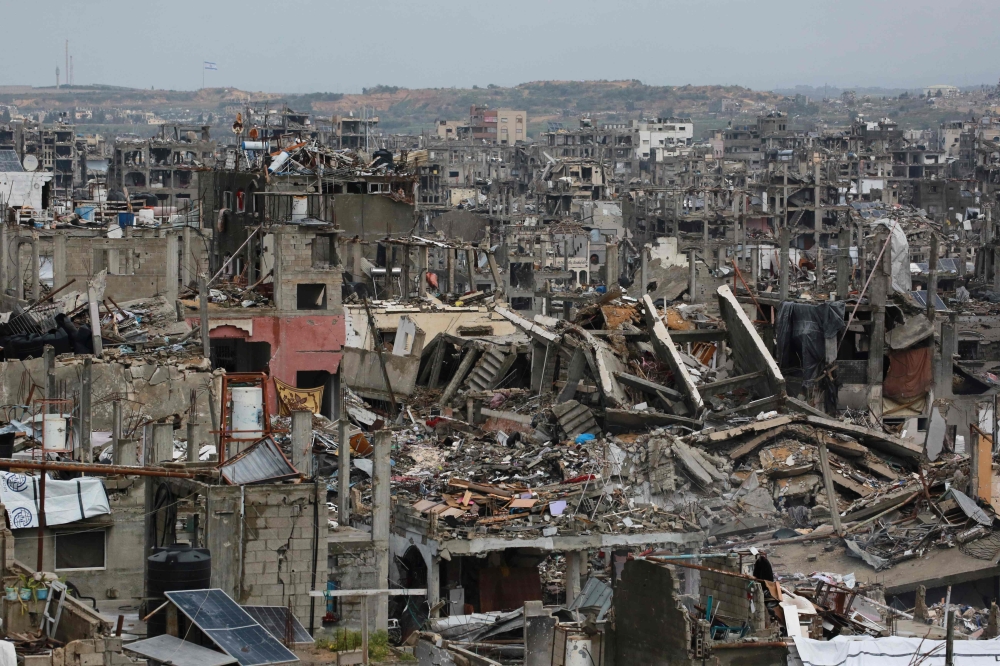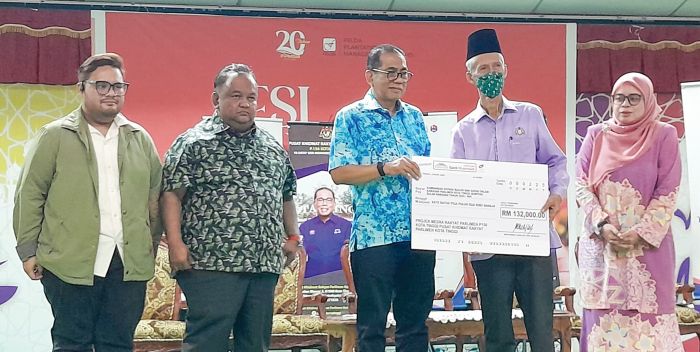FEBRUARY 9 — In efforts to rebuild areas affected by war, oppression, natural disasters, or poverty, a more sustainable and community-centred approach is essential.
History has shown that reconstruction efforts led by external parties often fail to meet the real needs of local communities because these outsiders do not fully understand the realities of those they aim to help.
More concerning is that, in some cases, external aid is driven more by political and economic interests rather than the well-being of the affected communities.
Therefore, the concept of “By the Community, For the Community” is proposed as one of the best solutions to ensure reconstruction truly addresses the needs of the local population while empowering them to become self-sufficient and build a brighter future.
A clear example is the current situation in Palestine, where destruction from ongoing conflict has created an urgent need for reconstruction.
However, foreign interventions often slow this process due to geopolitical interests and bureaucratic barriers that hinder aid delivery.
Many internationally funded reconstruction and aid projects in Palestine have been delayed or abandoned due to political restrictions and discriminatory policies imposed on them.
Ideally, a country should have full autonomy in rebuilding its homeland without unwanted foreign interference.
Communities that have suffered due to conflict or disaster are the ones who best understand their own needs, and they should be given the absolute right to determine the direction of their nation’s reconstruction.
One of the key elements of this approach is the active participation of the community in reconstruction planning.
Each community has unique needs that only they can truly understand.
Therefore, consultation and dialogue between local communities and authorities or non-governmental organizations (NGOs) are crucial in identifying projects that are truly relevant.
Basic infrastructure such as clean water supply, safe housing, schools, and healthcare centres must be prioritized to ensure the community’s fundamental needs are met effectively.
In terms of construction, using local materials and appropriate building techniques can help reduce costs and enhance sustainability.
Sourcing materials locally not only decreases dependence on imported goods but also stimulates the local economy. Traditional construction methods suited to the local environment — such as brick or clay houses — can ensure resilience against weather conditions or disasters.
Additionally, materials from old buildings can be processed and recycled to minimize resource wastage.
To ensure that reconstruction provides long-term benefits, skills training and workforce capacity-building are essential. By offering training in construction, basic engineering, and infrastructure maintenance, communities can take on a more active role in rebuilding their areas.

A general view shows a destroyed neighbourhood in Jabalia in the northern Gaza Strip on February 5, 2025. — AFP pic
These training programs not only create job opportunities but also help establish a more sustainable and self-reliant economy.
Furthermore, community-driven reconstruction can spur the growth of local businesses.
Construction contracts can be awarded to small and medium enterprises (SMEs) within the community, providing them with opportunities to expand.
Development that engages local labour and businesses strengthens the community’s economic foundation, reducing reliance on external aid.
However, to ensure the success of this approach, support from various stakeholders is crucial.
Schools and universities can offer free short courses on sustainable construction, community management, and entrepreneurship to prepare disadvantaged youth for reconstruction efforts.
At the same time, corporations and NGOs can contribute by providing technical training, certification courses, and mentorship programs to guide communities towards self-empowerment.
As the generation that will inherit the future, society must see reconstruction not just as rebuilding infrastructure but as an opportunity to shape communities that are more resilient, innovative, and self-sufficient.
When communities are empowered to rebuild their own lives, they will not only overcome the challenges they face but also create new opportunities for future generations.
Reconstruction is not just about rebuilding structures — it is about restoring hope, dignity, and freedom to affected communities.
Each of us can play a role — whether through expertise, support, or simply raising awareness — every effort can make a difference.
* Dr Muhammad Hadi Mustafa is a Senior Lecturer at the Department of Quantity Surveying, Faculty of Built Environment, Universiti Malaya, and can be contacted at [email protected]
** This is the personal opinion of the writer or publication and does not necessarily represent the views of Malay Mail.







